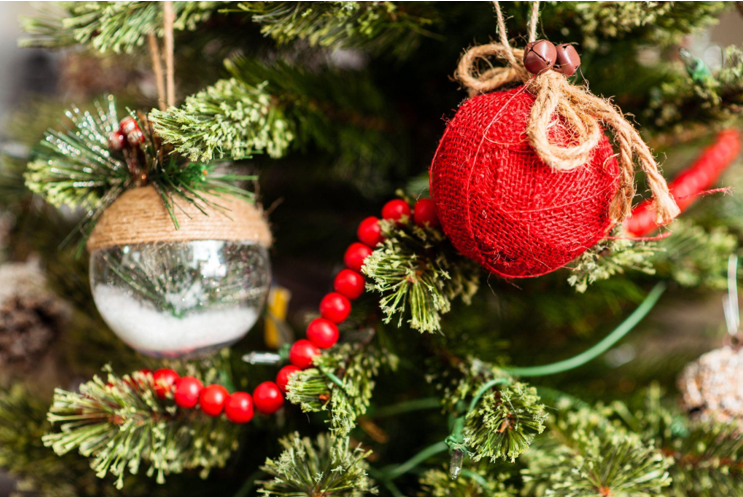Exploring the Noble Fir and the Benefits of the Pink Tree
The Unique Attributes of the Noble Fir
The noble fir (Abies procera) is a majestic tree native to the Pacific Northwest. Its tall stature and elegant branches make it a popular choice for Christmas trees. The noble fir can reach heights of 200 feet and live for over 500 years. Its needle-like leaves are a deep green, often adorned with silver or white markings on their undersides.
Noble fir trees thrive in cool, moist climates, particularly in mountainous regions where they can flourish. They prefer well-drained soils and often grow in mixed coniferous forests. Because of their adaptability, noble firs can endure drought and varying soil conditions, showcasing their resilience.
In addition to their beauty, noble firs are eco-friendly. They help combat climate change by absorbing carbon dioxide and producing oxygen. Their sturdy wood is valuable for construction, furniture, and paper products, making them economically significant.
Health Benefits of the Pink Tree
The pink tree, scientifically known as Prunus serrulata, is celebrated for its stunning blossoms that bloom in spring. However, it also offers surprising nutritional benefits. The flowers and leaves of the pink tree are edible and have been used in traditional medicine for centuries.
These blossoms are rich in antioxidants essential for maintaining good health. Antioxidants help combat free radicals in the body, reducing oxidative stress and lowering the risk of chronic diseases. Incorporating pink tree products into your diet can support overall wellness.
Moreover, the leaves of the pink tree contain vitamins A and C, both vital for maintaining healthy skin and a robust immune system. Vitamin A promotes good vision and skin health, while vitamin C boosts collagen production, aiding in wound healing and skin elasticity.
Another intriguing benefit of the pink tree is its potential anti-inflammatory properties. Some studies suggest that compounds in its bark and flowers may alleviate conditions like arthritis and skin irritations. While more research is needed, these findings indicate that the pink tree could play a role in holistic health.
Combining the noble fir’s majestic beauty with the pink tree’s health benefits offers an opportunity to appreciate nature’s wonders. Whether you’re enjoying the striking appearance of the noble fir or reaping the nutritional rewards of the pink tree, both species contribute positively to our environment and well-being.
Incorporating these natural elements into your life can enhance your health and the beauty of your surroundings. Consider planting a noble fir in your yard or adding pink tree products to your diet. By doing so, you connect with nature and support your health and wellness journey.
In conclusion, the noble fir and the pink tree exemplify the remarkable intersection of beauty and health in the natural world. Their unique characteristics and health benefits invite us to explore and appreciate them more deeply. Whether you’re drawn to their aesthetic appeal or nutritional value, these trees offer gifts that enrich our lives in countless ways.






